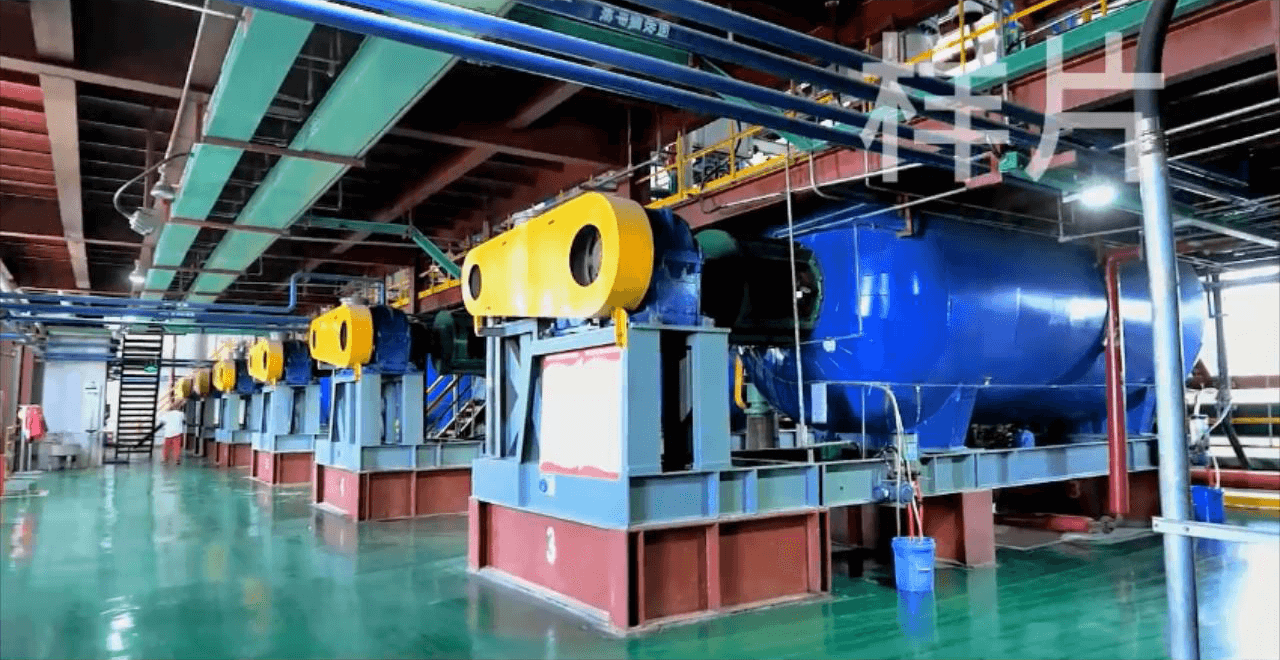
Sep . 25, 2024 23:02 Back to list
hydroxypropyl methyl cellulose msds
Understanding Hydroxypropyl Methyl Cellulose (HPMC) and Its Safety Data Sheet (MSDS)
Hydroxypropyl methyl cellulose (HPMC) is a widely utilized cellulose derivative known for its versatility in various industrial and pharmaceutical applications. This non-ionic polymer provides several beneficial properties, including thickening, emulsifying, and film-forming capabilities, making it indispensable in sectors such as construction, food, pharmaceuticals, and cosmetics.
Chemical Composition and Properties
HPMC is synthesized by the derivatization of cellulose. The substitution of hydroxypropyl and methyl groups results in a compound that is soluble in cold water, forming a gel-like substance. This behavior is particularly advantageous in various formulations, allowing it to serve as a thickening agent, binder, or coating material. HPMC's chemical structure contributes to its thermal stability and resistance to microbial degradation, enhancing its performance in diverse applications.
Applications
1. Pharmaceuticals In the pharmaceutical industry, HPMC is primarily employed as an excipient in drug formulations. It aids in controlling the release of active pharmaceutical ingredients (APIs), improving the bioavailability of poorly soluble drugs. Additionally, HPMC is commonly used in the production of film-coated tablets and capsules.
2. Food Industry In the food sector, HPMC serves as a food additive, acting as a thickener, stabilizer, and emulsifier. It is often found in bakery products, dairy items, sauces, and dressings. Its ability to retain moisture enhances food texture and shelf life.
3. Construction HPMC is utilized in construction materials such as tile adhesives, cement-based products, and plaster. Its water retention properties allow for extended working times and improved adhesion, making it crucial for high-quality construction applications.
4. Cosmetics In the cosmetic industry, HPMC functions as a thickening agent in creams, lotions, and gels. It contributes to the texture and spreadability of products, ensuring a pleasant user experience.
hydroxypropyl methyl cellulose msds

Safety and Handling
While HPMC is generally recognized as safe when used as intended, it is crucial to consult the Material Safety Data Sheet (MSDS) for specific safety guidelines and handling procedures. The MSDS provides detailed information on potential hazards, safe handling practices, first aid measures, and other essential safety information.
Hazard Identification The MSDS for HPMC typically indicates that it is non-toxic and poses minimal health risks. However, as with any chemical substance, it is advisable to avoid prolonged exposure and inhalation of dust. Skin contact should also be minimized to prevent irritation.
First Aid Measures In case of accidental exposure, the MSDS outlines necessary first aid measures. For skin contact, it is recommended to wash the affected area with soap and water. If ingested, the individual should seek medical attention, and if the substance is inhaled, moving to fresh air is essential.
Personal Protective Equipment (PPE) When handling HPMC in industrial settings, wearing appropriate PPE is vital. This may include gloves, goggles, and respiratory protection to ensure safety and minimize exposure.
Storage and Disposal Proper storage conditions are essential for maintaining the integrity of HPMC. It should be kept in a cool, dry place, away from direct sunlight and incompatible substances. The MSDS also provides guidance on disposal practices, emphasizing compliance with local regulations.
Conclusion
Hydroxypropyl methyl cellulose is a multifunctional polymer with a wide range of applications across various industries. Understanding its properties, applications, and safety protocols, as outlined in its MSDS, is crucial for ensuring effective use while maintaining safety. As industries continue to innovate and rely on HPMC for various formulations, adherence to safety practices will remain a priority for manufacturers and users alike. While HPMC is deemed safe for use, ongoing education about proper handling and potential hazards will help mitigate risks and enhance its applications in a safe and effective manner.
-
Unlocking the Benefits of HPMC Products: A Gateway to Versatile Applications
NewsAug.07,2025
-
Unleashing the Potential of HPMC Ashland: A Comprehensive Look
NewsAug.07,2025
-
Tile Bonding Cellulose: The Key to Superior Adhesion and Durability
NewsAug.07,2025
-
Hydroxypropyl Methylcellulose Powder: The Versatile Component in Modern Pharmaceuticals
NewsAug.07,2025
-
Hydroxyethyl Cellulose: The Versatile Solution for Various Industries
NewsAug.07,2025
-
Hydroxyethyl Cellulose (HEC): The Versatile Polymer for Various Applications
NewsAug.07,2025







